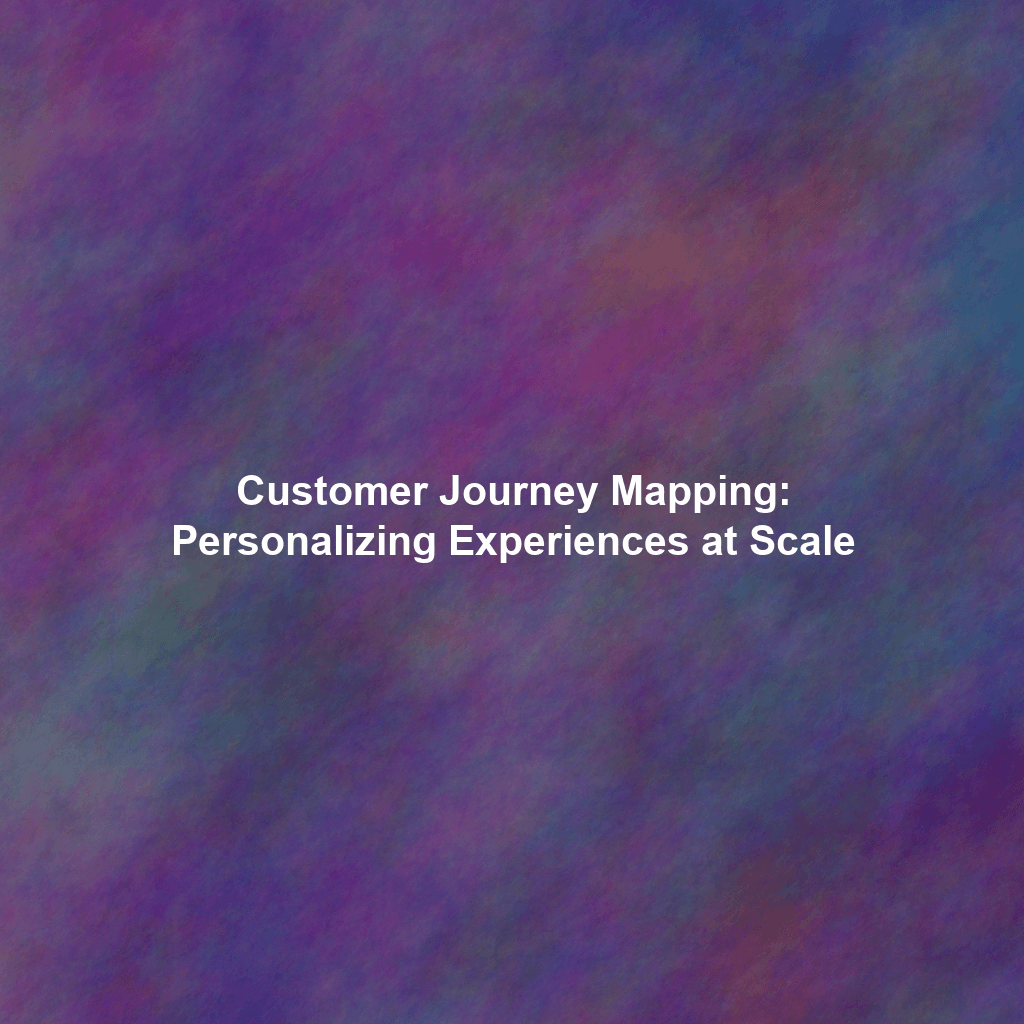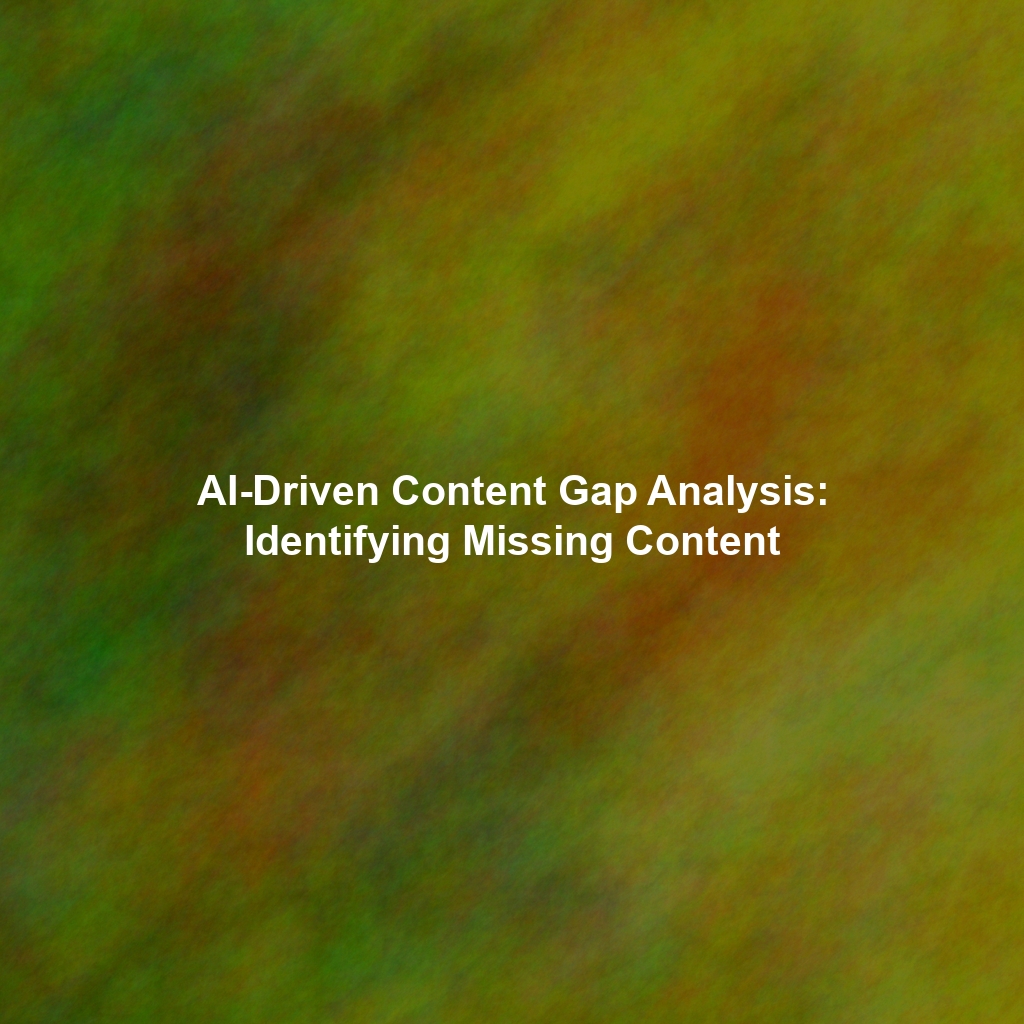In today’s competitive landscape, simply reaching customers isn’t enough. You need to engage them with relevant, personalized experiences that resonate with their individual needs and preferences. This is where the power of customer journey mapping, combined with the efficiency of marketing automation, comes into play. These two, when aligned, create a formidable strategy for delivering exceptional customer experiences at scale.
What is Customer Journey Mapping?
Customer journey mapping is the process of visualizing the steps a customer takes when interacting with your brand, from initial awareness to becoming a loyal advocate. It’s a narrative that outlines the customer’s experience, detailing their thoughts, emotions, and pain points at each stage. Think of it as walking a mile in your customer’s shoes – understanding their perspective and identifying opportunities to improve their overall experience.
A comprehensive customer journey map typically includes:
- Customer Personas: Representations of your ideal customers, based on research and data. Personas help you understand different customer segments and tailor your journey maps accordingly.
- Touchpoints: The various channels and interactions a customer has with your brand (e.g., website, social media, email, customer support).
- Actions: What the customer is doing at each touchpoint.
- Thoughts & Emotions: What the customer is thinking and feeling at each stage of the journey.
- Pain Points: Frustrations or challenges the customer encounters.
- Opportunities: Areas where you can improve the customer experience and address pain points.
The Role of Marketing Automation
Marketing automation uses software to automate repetitive marketing tasks and personalize communications. It allows you to nurture leads, segment audiences, and deliver targeted messages based on customer behavior and preferences. Key features of marketing automation include:
- Email Marketing: Automated email campaigns, newsletters, and personalized email sequences.
- Lead Nurturing: Guiding leads through the sales funnel with relevant content and offers.
- Segmentation: Dividing your audience into groups based on demographics, behavior, and other criteria.
- Personalization: Tailoring messages and content to individual customers.
- Analytics & Reporting: Tracking key metrics to measure the effectiveness of your marketing campaigns.
The Power of the Combination: How Customer Journey Mapping Fuels Marketing Automation
While marketing automation provides the tools and technology for personalized communication, customer journey mapping provides the strategic roadmap. Here’s how they work together:
Identifying Key Touchpoints for Automation
Customer journey mapping helps you identify the most critical touchpoints in the customer experience. These touchpoints become prime candidates for marketing automation. For example, if your journey map reveals that customers frequently abandon their shopping carts, you can set up an automated email sequence to remind them of their items and offer a discount. Similarly, if your map reveals customers get confused after browsing the features page, you can add a helpful chatbot prompt that’s triggered by dwell time.
Personalizing Content Based on Journey Stage
Each stage of the customer journey requires different types of content and messaging. Customer journey mapping helps you understand what information customers need at each stage, allowing you to create highly relevant and personalized content. For example:
- Awareness Stage: Provide educational content that addresses their needs and introduces your brand.
- Consideration Stage: Offer case studies, product demos, and comparisons to help them evaluate your solutions.
- Decision Stage: Provide pricing information, customer testimonials, and special offers to encourage a purchase.
- Retention Stage: Offer loyalty rewards, personalized recommendations, and exclusive content to keep them engaged.
Triggering Automated Actions Based on Customer Behavior
Marketing automation allows you to trigger specific actions based on customer behavior, such as visiting a particular page on your website, downloading a white paper, or opening an email. Customer journey mapping helps you identify the behaviors that indicate a customer is moving to the next stage of the journey, allowing you to trigger the appropriate automated actions. For example, if a customer downloads a case study, you can automatically add them to a lead nurturing campaign.
Streamlining the Customer Experience
By understanding the customer journey, you can identify and eliminate pain points that might be hindering the customer experience. Marketing automation can then be used to streamline the customer journey by automating tasks, providing self-service options, and offering personalized support. For example, you can use a chatbot to answer frequently asked questions or automatically route support requests to the appropriate agent.
Building Your Customer Journey Map for Marketing Automation
Creating an effective customer journey map requires careful planning and research. Here’s a step-by-step guide:
1. Define Your Personas
Start by creating detailed customer personas based on market research, customer data, and interviews. Each persona should represent a specific segment of your target audience with distinct needs, goals, and behaviors. Giving the persona a name and even a picture helps to make the process more human and relatable.
2. Identify Key Touchpoints
List all the potential touchpoints a customer might have with your brand, both online and offline. Consider all channels, including your website, social media, email, phone, in-person interactions, and advertising. Brainstorm all the possible places a customer could interact.
3. Map the Customer’s Actions, Thoughts, and Emotions
For each touchpoint, document what the customer is doing, thinking, and feeling. Use customer interviews, surveys, and analytics data to gather insights. Be specific, avoid assumptions and actually talk with your customers.
4. Identify Pain Points and Opportunities
Analyze your customer journey map to identify areas where customers are experiencing pain points or frustration. These are opportunities for improvement. Also, look for moments of delight, and find ways to create more of those.
5. Implement Marketing Automation Strategies
Based on your customer journey map, identify the marketing automation strategies that can address pain points and improve the customer experience. This might include automated email sequences, personalized content, chatbots, and lead nurturing campaigns.
6. Test, Measure, and Optimize
Continuously track the performance of your marketing automation strategies and make adjustments as needed. Use analytics to measure key metrics, such as conversion rates, customer satisfaction, and customer lifetime value. Regularly revisit and refine your customer journey map to ensure it remains relevant and accurate.
Best Practices for Personalizing at Scale
Personalizing the customer experience at scale can be challenging, but here are some best practices to help you succeed:
- Use Data Wisely: Collect and analyze customer data to understand their preferences, behaviors, and needs. Ensure data privacy and compliance with regulations.
- Segment Your Audience: Divide your audience into smaller groups based on demographics, behavior, and interests. This allows you to deliver more targeted and relevant messages.
- Personalize Content: Tailor your content to individual customers based on their journey stage, preferences, and behaviors. Use dynamic content to personalize your website, emails, and other marketing materials.
- Automate Based on Triggers: Use marketing automation to trigger actions based on customer behavior. This allows you to deliver the right message at the right time.
- Test and Optimize: Continuously test and optimize your marketing automation strategies to improve their effectiveness. Use A/B testing to experiment with different content, messaging, and timing.
- Maintain a Human Touch: While marketing automation can streamline your processes, it’s important to maintain a human touch. Provide personalized customer support and be responsive to customer inquiries.
Avoiding the Pitfalls of Over-Personalization
While personalization is key, it’s also possible to go too far and create a creepy or intrusive experience. Avoid using overly personal information, such as their exact location or detailed purchase history, without their explicit consent. Focus on providing value and solving their problems, rather than trying to manipulate them. Also, be sure that data security practices are solid, to prevent leaks and ensure trust.
The Future of Customer Journey Mapping and Marketing Automation
The future of customer journey mapping and marketing automation is increasingly focused on artificial intelligence (AI) and machine learning (ML). AI-powered tools can analyze vast amounts of customer data to identify patterns and predict behaviors, enabling even more personalized and effective marketing strategies. Chatbots are becoming more sophisticated, providing increasingly human-like interactions. Predictive analytics allows marketers to anticipate customer needs and proactively offer solutions. The convergence of these technologies promises to revolutionize the customer experience and drive business growth.
Conclusion: Embrace the Power of Personalization
Customer journey mapping and marketing automation are essential tools for creating personalized customer experiences at scale. By understanding your customers’ needs, mapping their journey, and automating relevant interactions, you can build stronger relationships, increase customer loyalty, and drive business growth. Embrace the power of personalization and watch your customer satisfaction and revenue soar.
 Skip to content
Skip to content

